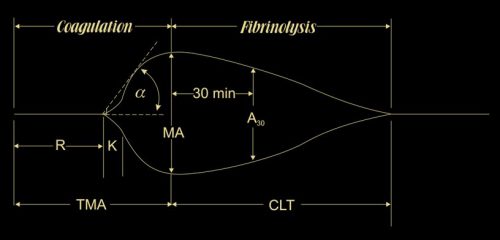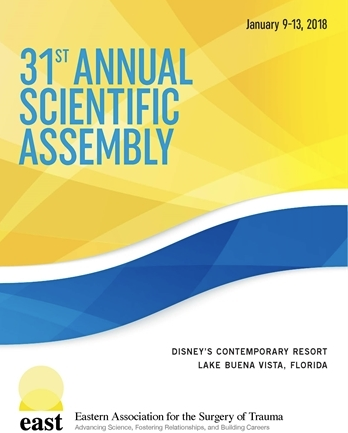Ever since the start of the modern transfusion age (which was really only about 75 years ago), we’ve been trying to extend the life of banked blood products. Currently, we get about 6 weeks of useful life from packed red blood cells, and varying amounts from other frozen or non-frozen products.
What happens at day 42 for red cells? Or day 5 for platelets or thawed plasma? It’s not like a switch gets flipped and it suddenly goes bad. Each of these products slowly degrades over time, and the myriad components that make them up (proteins, clotting factors, etc) do so at varying rates. It has been recognized for years that some of these products “don’t work so well” when they age, and this has been termed the “storage lesion” of blood.
The next EAST paper I’ll review looks for associations between use of older blood products which probably have a storage lesion, and mortality in trauma patients. It re-analyzed the prospectively collected data on the 680 patients enrolled in the PROPPR trial, which was originally designed to examine the mortality difference between patients with specific FFP:platelet:PRBC ratios given during massive transfusion. In this re-analysis, the authors looked at the mortality after 6 hrs, 24 hrs, and 30 days in patients undergoing massive transfusion, and examined the impact of using “older” blood products. “Old” was defined using the median age of the product; RBCs were old after 20/42 days, plasma after 2/5 days, and platelets after 4/5 days.
Here are the factoids:
- Plasma age decreased with increasing transfusion. There was no similar change in average platelet or RBC age, though.
- Patients receiving older RBC and younger plasma had higher mortality
- Receiving older PRBC was associated with mortality at 6 and 24 hrs, but not 30 days
Bottom line: First, this is an association study, not a causation one. Don’t read anything more into it than you see. And what do you think when you see random mortality numbers like this? For me, either mortality is too crude of a variable to use, or the association is just too weak. If you look at the data table for the study, the confidence intervals of the computed “hazard ratios” barely clear the 1.0 line. To me, this looks like an interesting mathematical exercise, but I can’t tease any clinical significance out of it at all. And I don’t think that re-analyzing this dataset will provide any further clarity.
Here are some questions for the authors to consider before their presentation:
- Did you try to calculate the statistical power of your dataset? As mentioned above, the associations look weak at best.
- Did you look at other potential factors like injury severity score or massive transfusion volumes? These would seem to have a much more significant impact on the three survival cohorts?
- Big picture questions: Where can you go from here? What kind of study could you do to see if this is a real effect vs just a statistical anomaly?
Reference: EAST 2018 Podium paper #3.




